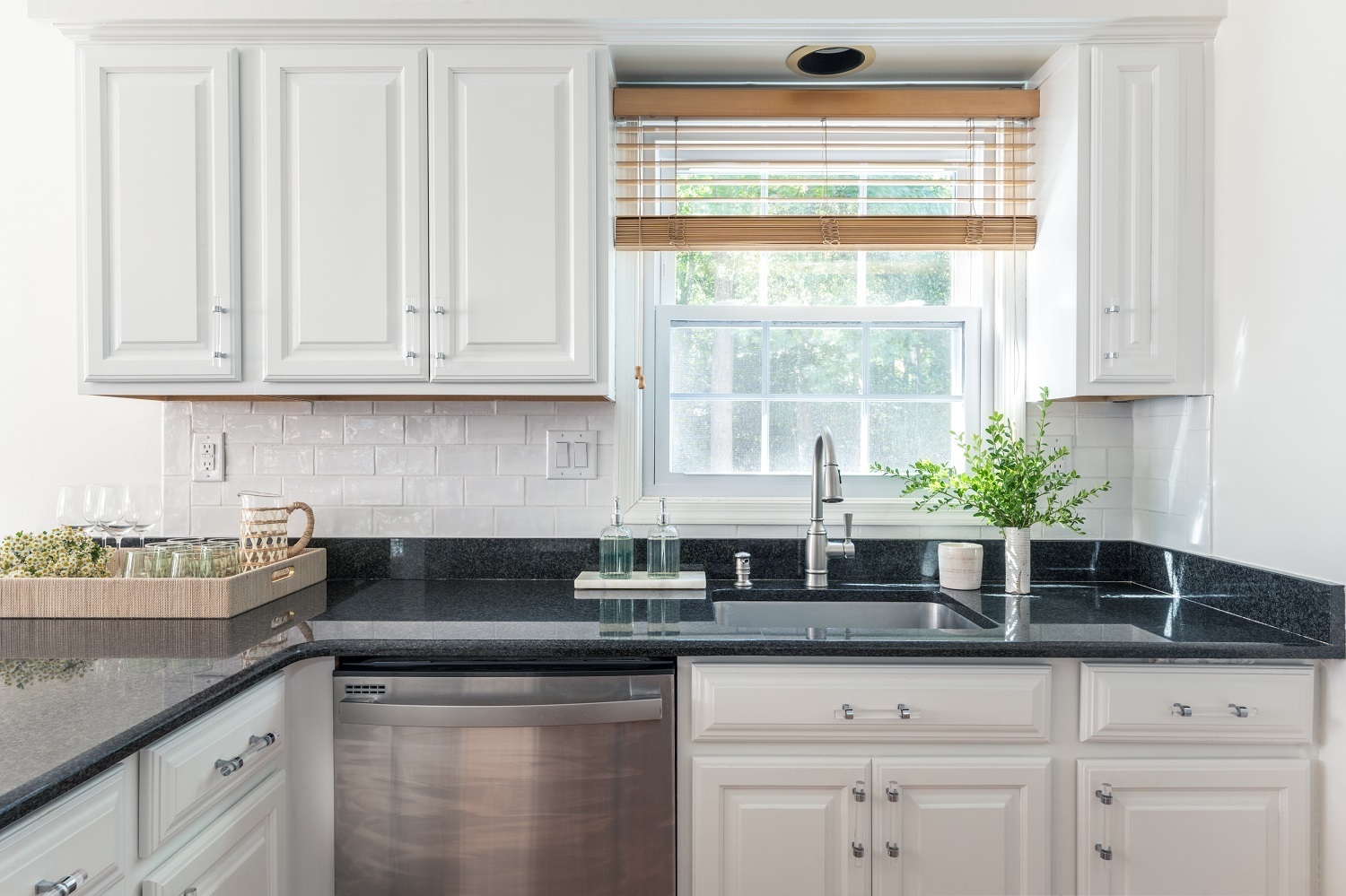What Is a Drop Zone in a House and Do I Need One?
Leave all your worries at the door


You can add drop zone features to an existing entryway for a few hundred dollars.
Most drop zones include coat racks, key hooks, shelves, cubbies, and seating.
Their purpose is to provide a place for items you don’t want to bring into the main house.
Coming home from a big trip or shopping excursion is a welcome relief that’s made even better with a convenient place to drop all your items. That’s where drop zones come in—but you may wonder, what is a drop zone in a house?
These entryway additions include everything you need to store and find grab-and-go items without frustration—so you don’t stress out looking for your keys and always have a place to hang your coat. Learn morea bout what a drop zone is and decide whether it’s right for your home.
What Is a Drop Zone in a House and What Is Its Purpose?
Drop zones give you a place to store everyday items like keys, coats, bags, and more, so you can easily drop them when you get home or grab them on your way out. Entryway organization ideas like drop zones include all the storage space needed for the essentials: key hooks, cubbies for shoes, shelves for books and important paperwork, coat racks, and benches. Drop zones often include seats for comfortably putting on and taking off your shoes.
They can be small with just enough space for you and another to share, or large enough to provide each household member with their own designated spot. There’s no one right way to set up a drop zone, so the components you choose to include are entirely up to your preference.
What’s the Difference Between a Drop Zone and a Mudroom?
Mudrooms have a lot in common with drop zones, but there are a few distinctions. They’re both located by the entry and they have similar storage features, like coat racks, key hooks, and seating.
Where they vary is in their overall purpose: A mudroom is specifically designed to deal with rainy or messy conditions with special extras like laundry baskets, water-resistant floor mats or rugs, and hampers stocked with rags and towels for drying up or wiping off dirty boots.
By contrast, drop zones are more general, and may be the better pick if you don’t live in a particularly wet climate. Plus, if you decide later on that a mudroom is the better pick, it’s easy to modify your drop zone with projects like building a DIY mudroom locker, or by simply adding a laundry basket to your setup.
What Are the Components of a Drop Zone?

No matter how big or small a drop zone is, they always find room for these important features.
Cubbies and Drawers
Whether you choose to include one or several, cubbies and cabinets are the ideal place to store extra shoes, books, pens, and all the other little things you need to survive outside of your home.
Coat Hangers
Even if you live somewhere where a heavy coat is never necessary, it’s still nice to have a place to hang up light jackets and the like when you get home.
Shoe Storage
Although you can store backup shoes in a cubby or drawer, it’s also a good idea to have a place to put everyday shoes that may have gotten dirty on your adventures outside.
Key Hook
With a key hook right by your front door, you’ll never have to worry that your way in and out of the house has gone missing or fallen into a spot you can’t reach.
Bench or Sitting Area
You definitely don’t need a big bench in a drop zone, and maybe don’t have the space if you’re living in a small home or studio apartment. But, at the very least, a small seat where you can comfortably put on and take off your shoes will make your departures and arrivals smoother.
Welcome Mat or Rug
We track dirt in even when the weather is clear and sunny, but having a welcome mat or rug in your drop zone will ensure that debris never makes it past your entryway.
How Much Does a Drop Zone Cost?
While the cost of mudrooms ranges from $6,000 to $15,000 on average, drop zones don’t have to be so pricey, especially if you don’t mind busting out your DIY skills. Adding the necessary features to a pre-existing space will set you back as little as $100 to $300, though you can expect to pay more if you’re planning on more extensive demolition and renovation. If this is the case, every extra square foot you add will increase your final bill by another $100 to $200. A home addition contractor near you can give you a quote on how much it’ll cost to build a drop zone from scratch at your house.





- Bathroom Remodeling
- Kitchen Remodeling
- Shower Installation
- Stair Installers
- Bathtub Installation
- Shower Door Installers
- Kitchen Design
- Bathroom Design Companies
- Storm Shelter Builders
- Pre-Made Cabinets
- Kitchen Refacing
- Bathtub Replacement
- Ceiling Tile Installation
- Suspended Ceiling Companies
- Residential Designers
- Stair Builders
- Remodel Designers
- Shower Enclosures
- Home Renovations
- Kitchen Renovations
- Garage Remodeling
- Grab Bar Installation
- Walk-In Tub Installers
- Tub to Shower Conversion
- Balcony Contractors










